Introduction
In the world of VR accessories, bigger often gets mistaken for better — especially when it comes to battery capacity. Many Meta Quest 3 users have seen a surge of head straps promising extra-large batteries that last “all day,” but at what cost? Heavier designs, awkward counterweights, and bulky builds can actually harm long-term comfort and health.
KIWI Design took a different path. Rather than chasing maximum numbers on paper, they focused on real-world usage patterns and user comfort. The result? A Meta Quest 3 head strap with battery that delivers exactly what most players need: reliable 2–3 hour performance, ultra-fast charging, and a significantly lighter build.
In this article, we’ll explore the philosophy behind KIWI’s latest generation of battery-integrated head straps — and why “just enough, done right” might be the smartest upgrade you can make to your VR setup.
What the Data Says: Real VR Gamers Play 2–3 Hours
When designing any performance-driven product, user behavior should always lead the way — and that’s exactly what KIWI Design prioritized. Through internal surveys and customer research, they discovered a consistent trend among Meta Quest 3 users: the majority of VR gaming sessions last between 2 to 3 hours.
Whether it’s a high-intensity fitness game, an immersive story-driven experience, or a casual multiplayer hangout, most players don’t need a 5–6 hour battery to enjoy their time in VR. What they do need is something that fits their rhythm — a Meta Quest 3 head strap with battery that covers their session comfortably, charges quickly, and doesn’t weigh them down.
Instead of following the industry trend of chasing bigger batteries at the expense of comfort, KIWI honed in on delivering targeted, user-aligned power — and building the fast-charging technology to match it.
Smarter Power, Lighter Load: Why Weight Matters
When it comes to VR comfort, less weight isn’t just about feeling lighter — it’s about lasting longer without strain. Studies on head‑mounted displays (HMDs) show that even modest increases in weight significantly reduce wearer comfort. For example, each additional 33 g of headset weight was found to reduce comfortable wear time by approximately 11 minutes, due to greater neck torque and muscle fatigue [1].
KIWI Design addressed this issue directly. Their latest generation of Meta Quest 3 head straps with battery uses high-density lithium batteries and integrated construction to reduce total headset weight by 20–30% compared to many competitors. Battery placement is optimized to shift the center of mass toward the natural pivot point of the head, minimizing strain.
Studies have further shown that both headset weight and center-of-mass (COM) location affect the load on neck and shoulder muscles during extended use. Poor weight distribution increases pressure on cervical spine muscles and may lead to posture misalignment or long-term discomfort [2][3].
In short, KIWI’s design isn’t about maximizing specs — it’s about optimizing for real comfort. The K4 Duo proves that better ergonomics and efficient battery life can coexist in one lightweight package.
References
- Takahashi M et al., "Effects of head-mounted display weight on physical load during virtual reality tasks." Work, 2023. https://pubmed.ncbi.nlm.nih.gov/37718832
- Kim J. et al., “Effects of the Weight and Balance of Head-Mounted Displays on Physical Load.” Presence: Teleoperators and Virtual Environments, 2022. Springer
- Park S. et al., “Ergonomic Evaluation of HMD Use in Long-Term Tasks.” Applied Sciences, 2021. MDPI
Less Bulk, More Balance: A Design Philosophy
While many VR accessory makers compete to add more — more battery, more parts, more cables — KIWI Design focused on something else entirely: balance. Their design philosophy centers around human factors, real gameplay behavior, and product longevity.
Instead of relying on modular attachments or clunky swappable batteries, KIWI created an all-in-one structure that integrates power delivery, audio, and ergonomics into a single cohesive system. The result is a Meta Quest 3 head strap that’s cleaner in appearance, easier to use, and smoother to wear.
With fewer cables, no dangling battery packs, and no compromise on durability, this streamlined approach reflects a deep understanding of how real users interact with their gear. The K4 Duo is lighter, faster to recharge, and smarter in every detail — not just built for performance, but tuned for how people actually play.
Conclusion: Smart Power Is Better Power
In the evolving world of VR hardware, it’s tempting to chase extremes — bigger batteries, more attachments, more specs. But KIWI Design took a smarter approach: focus on what users actually need, and deliver it better.
Instead of stuffing more battery into an already heavy system, KIWI engineered a Meta Quest 3 head strap with battery that supports real-world session lengths, recharges quickly with DualFast™ technology, and keeps total weight to a minimum — all while optimizing comfort and long-term wearability.
If you're serious about improving your VR setup without compromising your neck, posture, or daily rhythm, the Meta Quest 3 head strap from KIWI Design is built for you.
👉 Click here to learn more about the K4 Duo and see why smart power beats brute force.
Got thoughts on how long your typical VR session lasts? Or questions about weight and comfort? Drop a comment below and let’s talk about what makes a great VR experience — for real users like you.


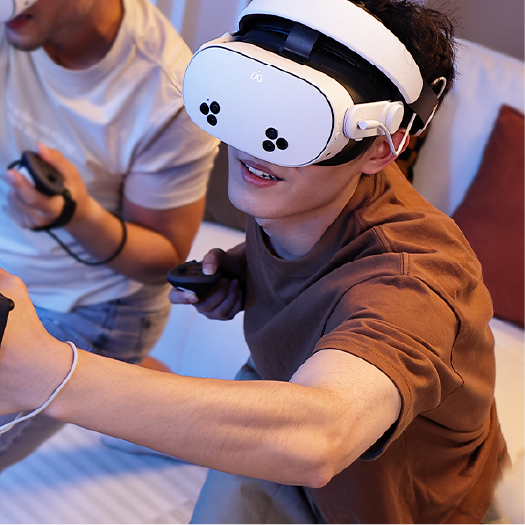

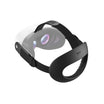
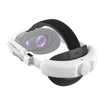
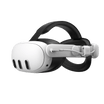


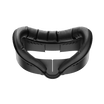
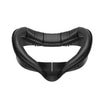
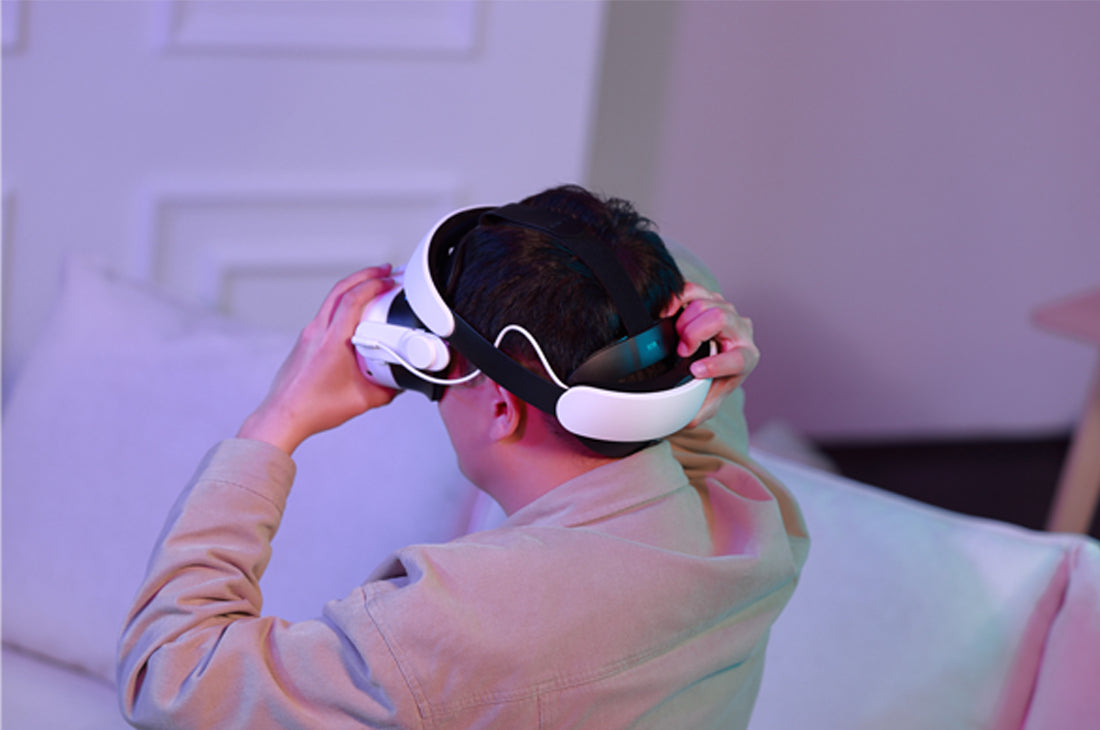
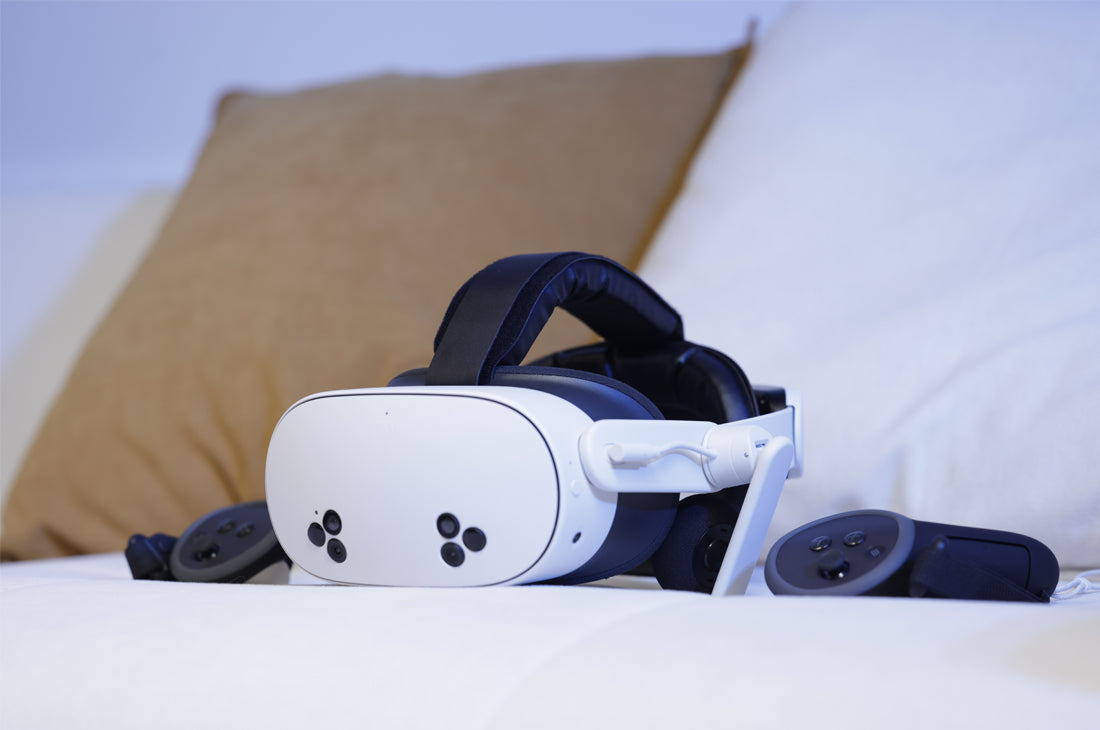
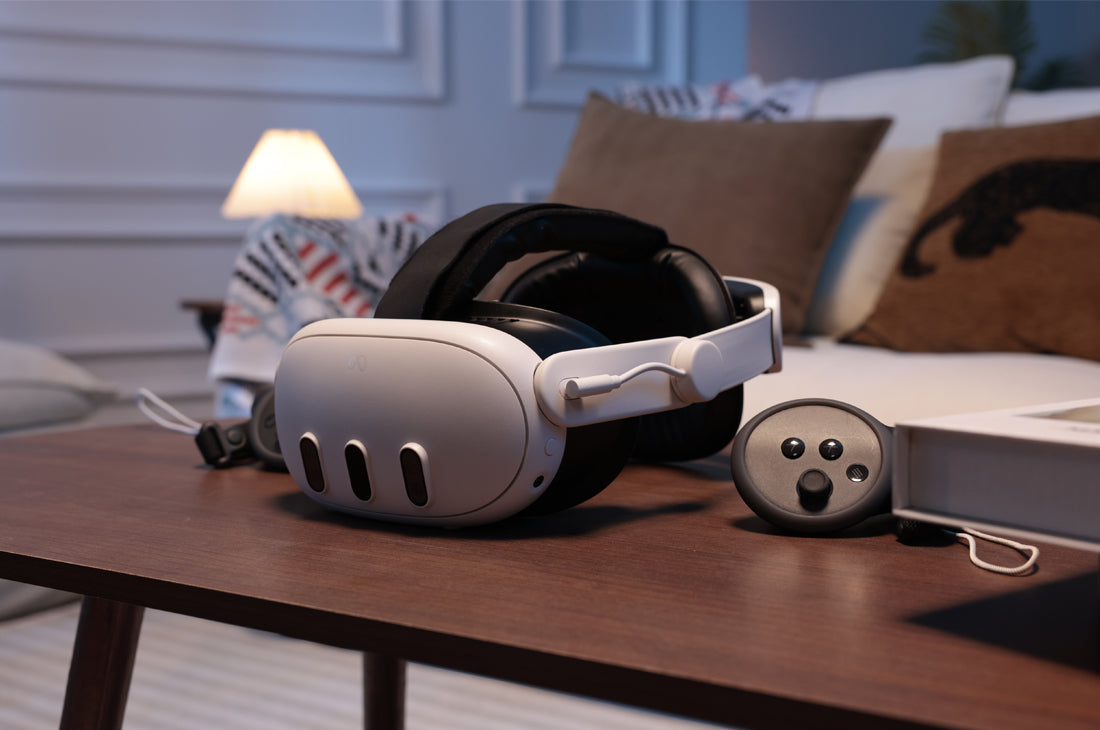
Commenta
Nota che i commenti devono essere approvati prima di essere pubblicati.
Questo sito è protetto da hCaptcha e applica le Norme sulla privacy e i Termini di servizio di hCaptcha.